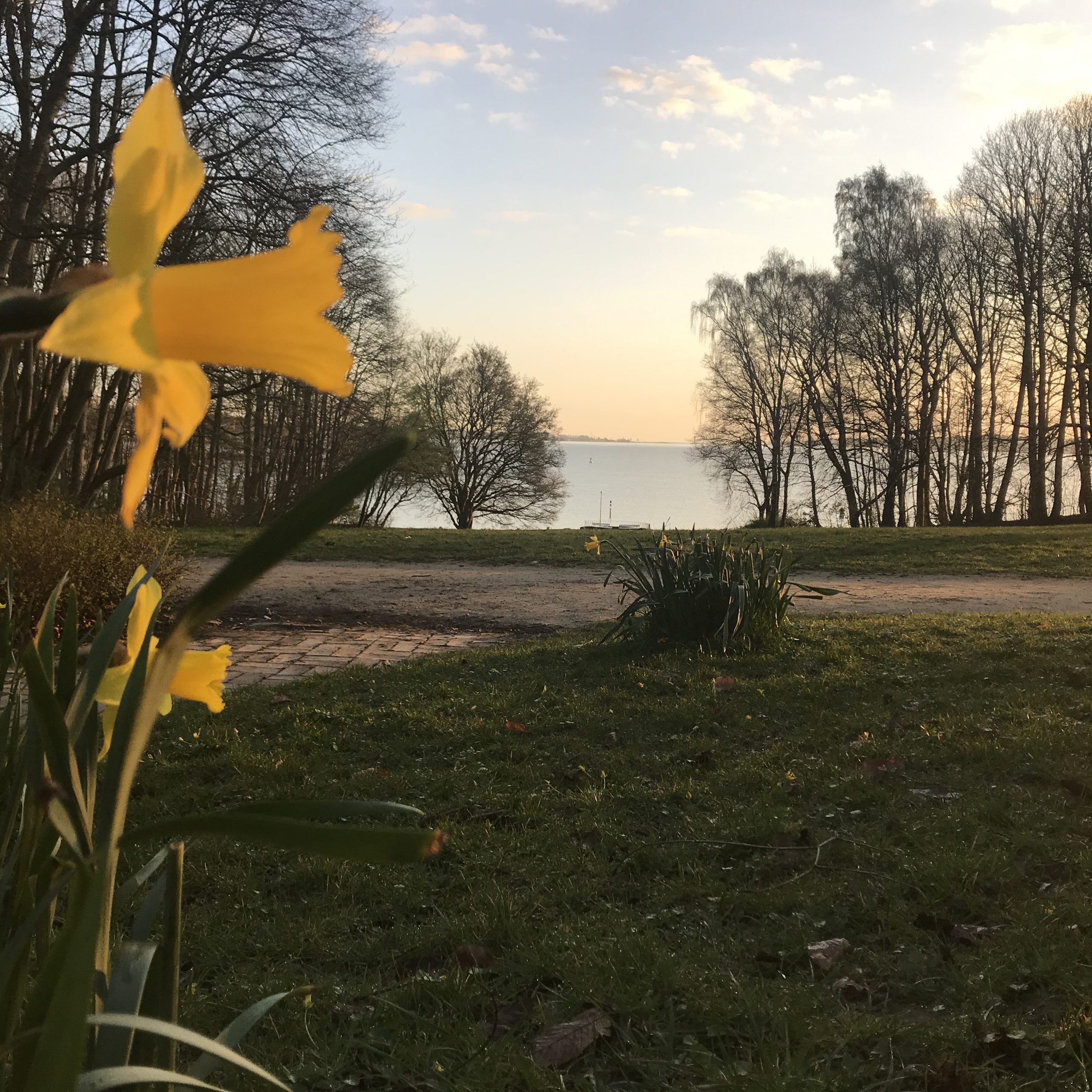
#WaveWatchingWednesday
Welcome to another #WaveWatchingWednesday post, where you get all of last week’s wave watching pics from my Instagram @fascinocean_kiel in one go! Let’s get started:
Fascinating how different parts of the water look so different. Some dark because areas are more rough because there are wind-generated ripples and waves there.
Other areas are brighter because their smoother surface reflects the clouds lit by the raising sun.
And then again darker areas closer to us where we can actually look into the water and make out structures on the seafloor. Only when looking at water at a steep angle can we look inside, because of a phenomenon called “total reflection”. It’s this kind of stuff we learn about in high school where nobody tells us what it’ll be relevant for in real life. Wave watching, duh!


I’m always fascinated by the different wavelengths of the waves vs the sand ripples. How come the ripples are so much shorter? One of these days I will really have to read up on this…
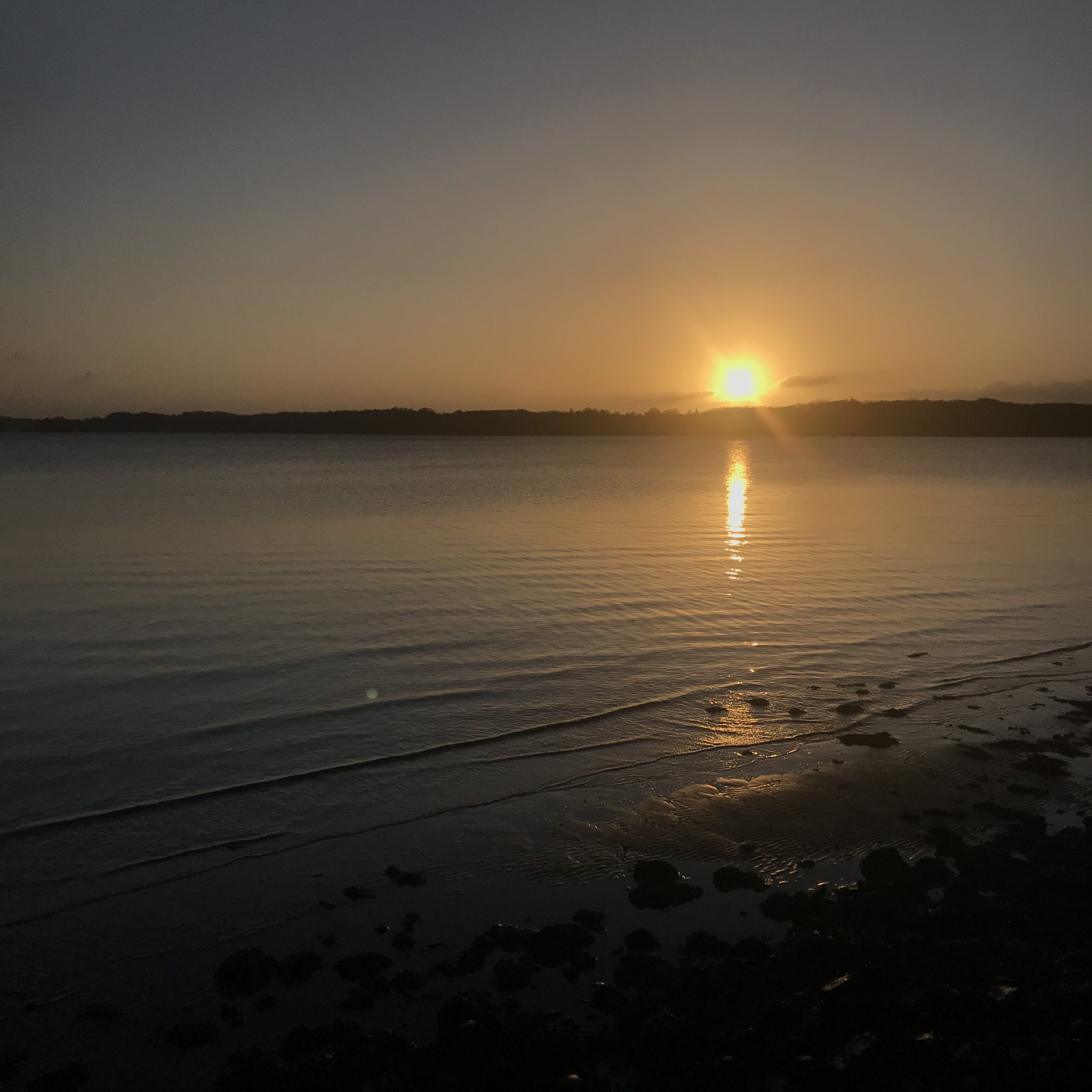
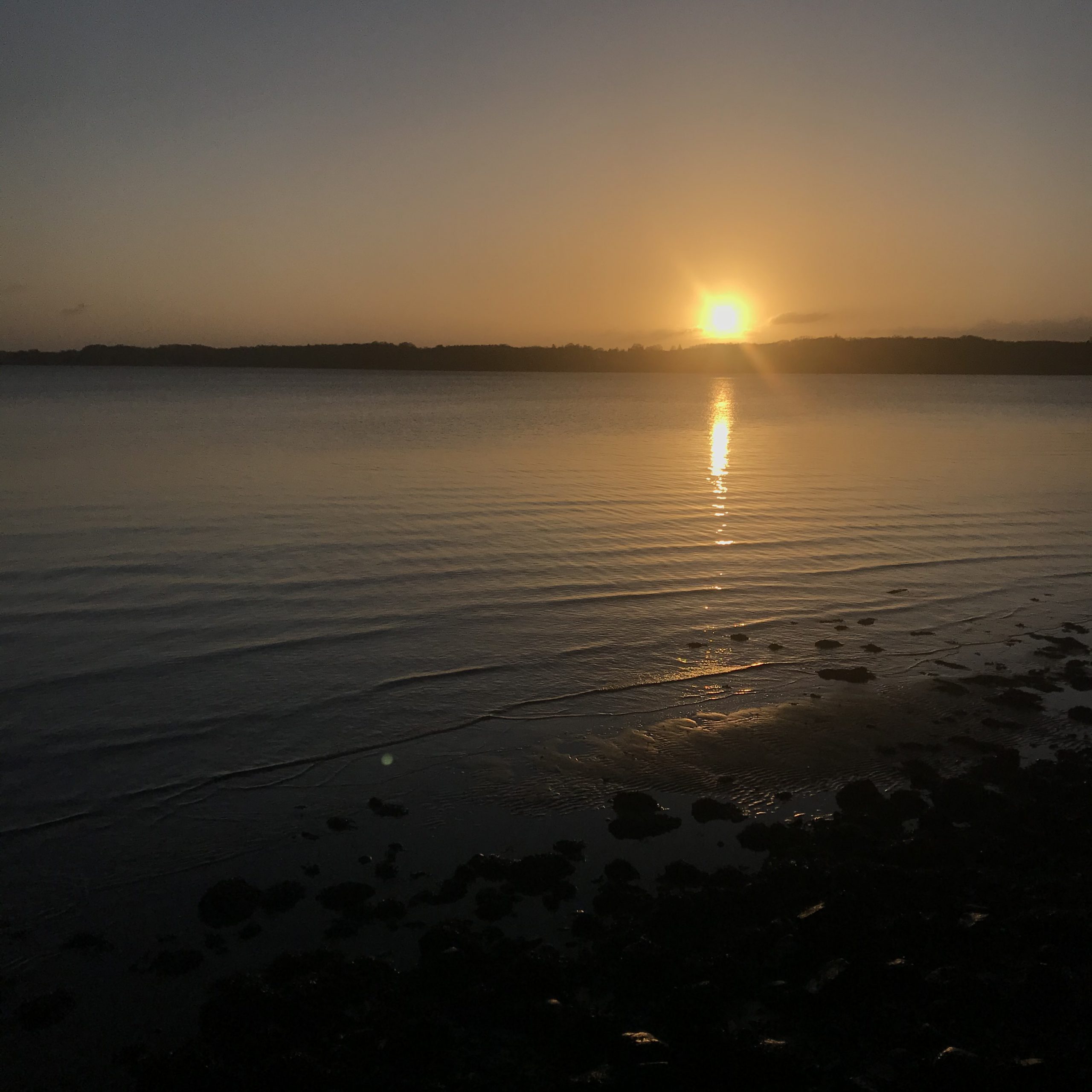
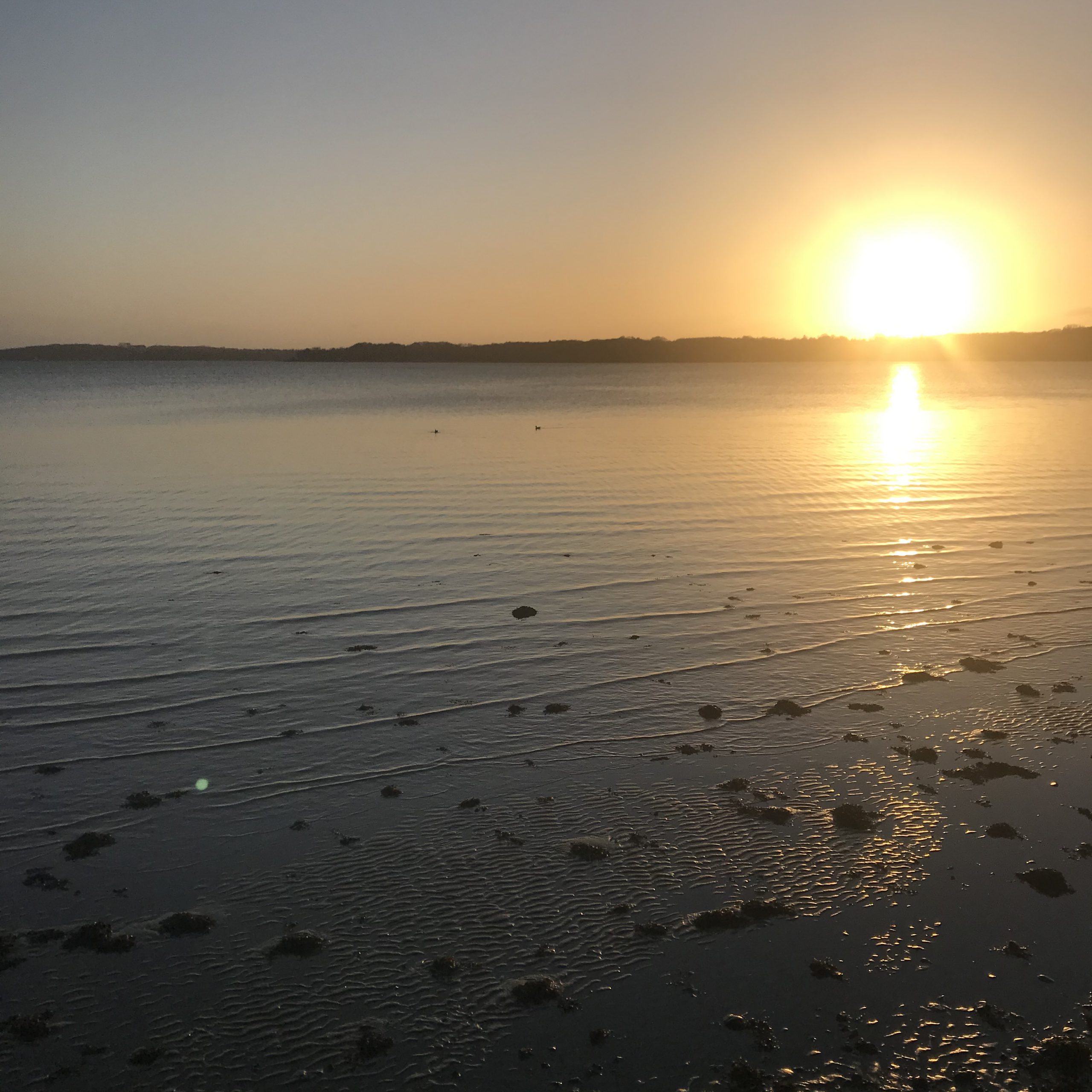
Another amazing sunrise this morning, making it very clear that when you want to determine water color as one measure for water quality, you really need to pay attention to how you do it. What you see here is not what you want to measure :D
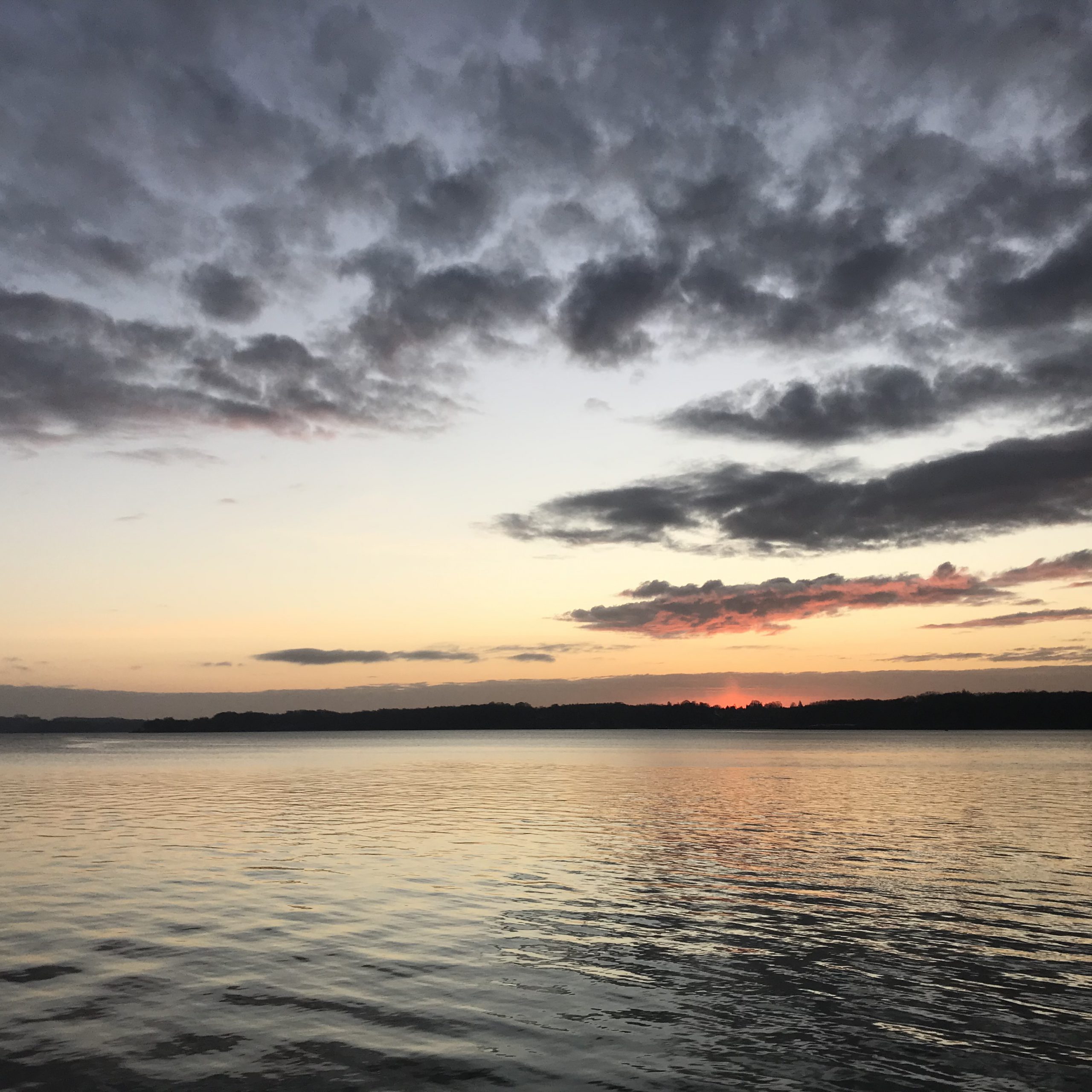
Beautiful checkerboard pattern in waves & their reflections. And can you spot the birds’ wakes?
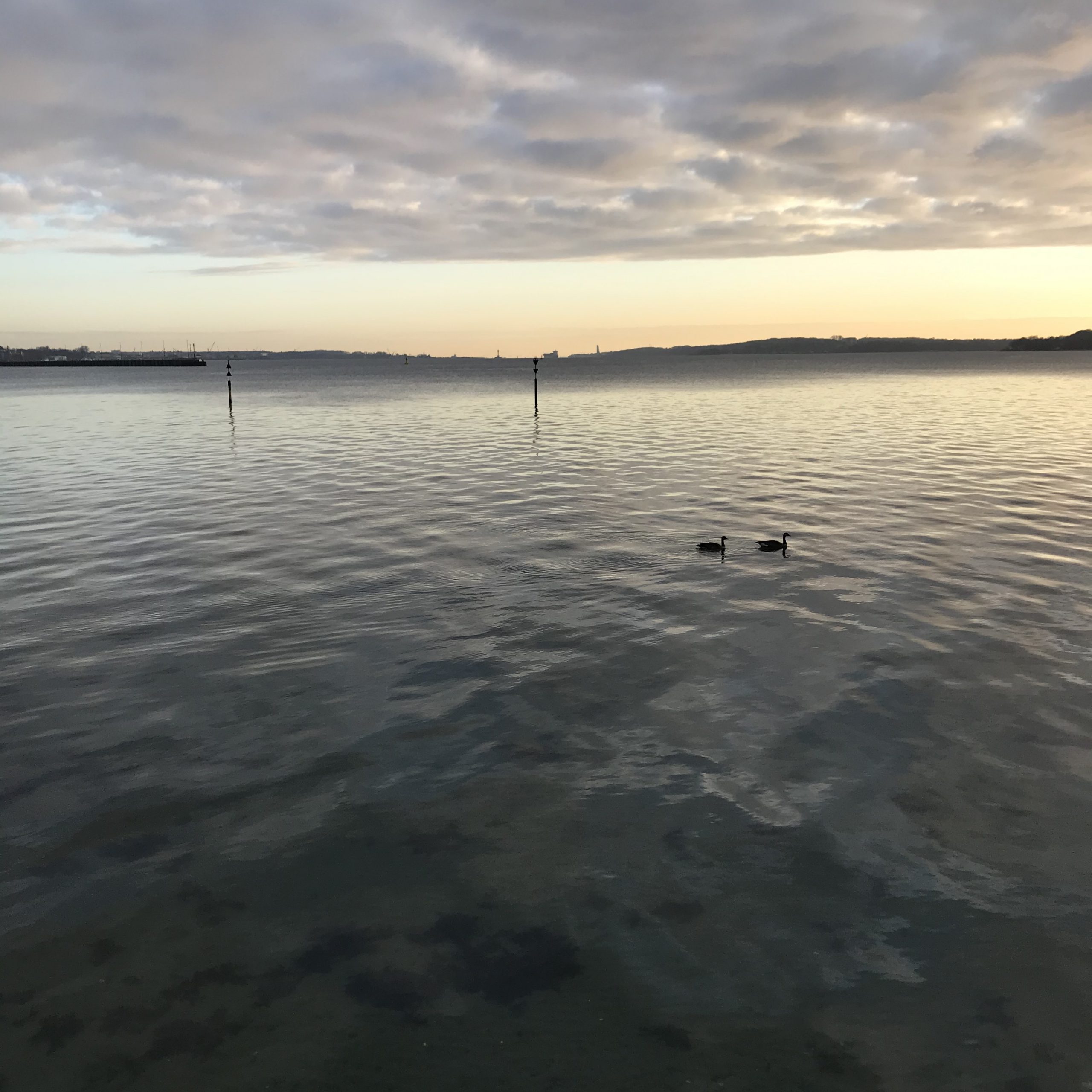
Forget about the sky; I can’t get over how colorful the water looks this morning with each of the small waves reflecting both the orange sunrise side and the dark westside!
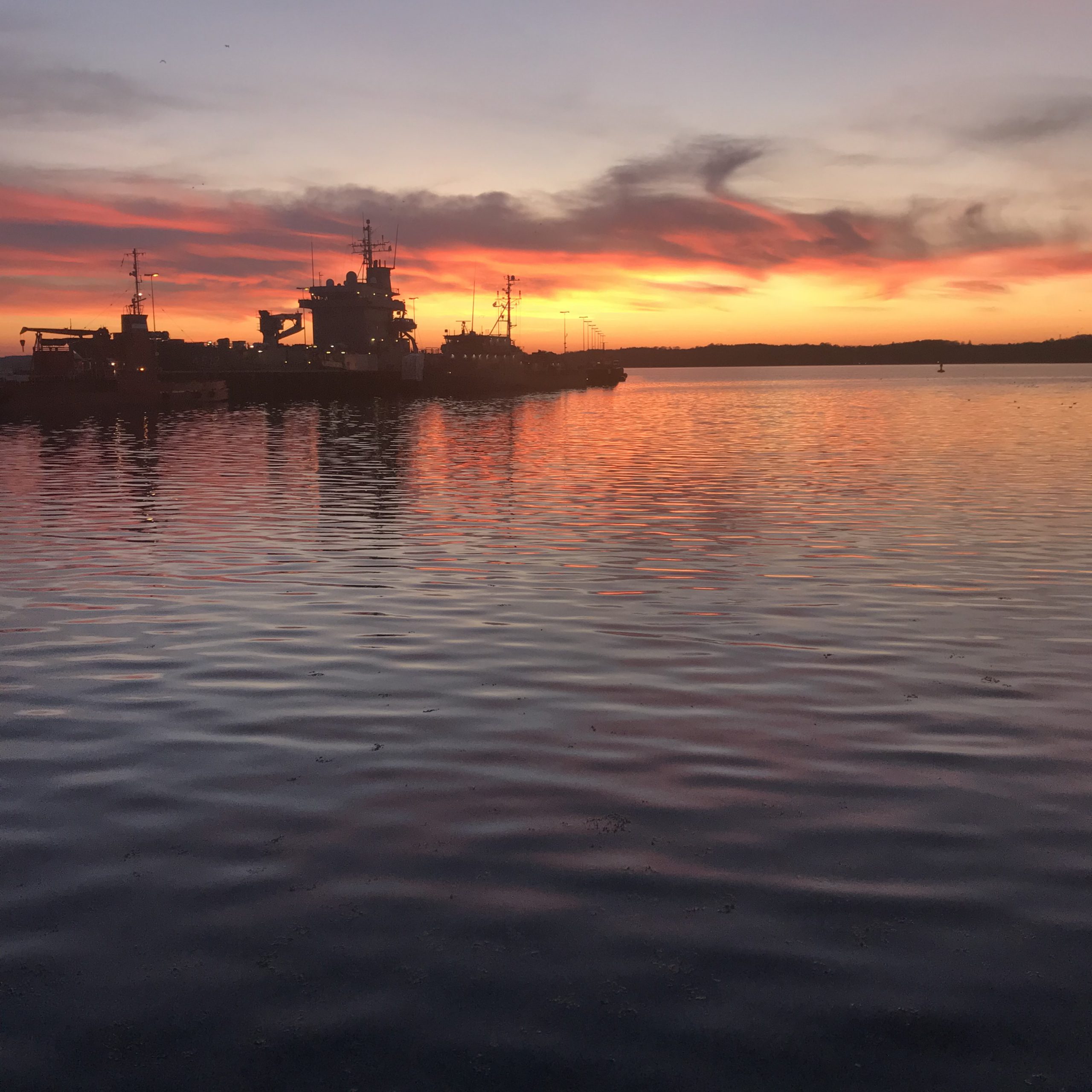
Not so common to see wakes these days, especially this early in the morning! Makes me appreciate even more how pretty they look meeting up with their reflections & forming the checkerboard pattern!
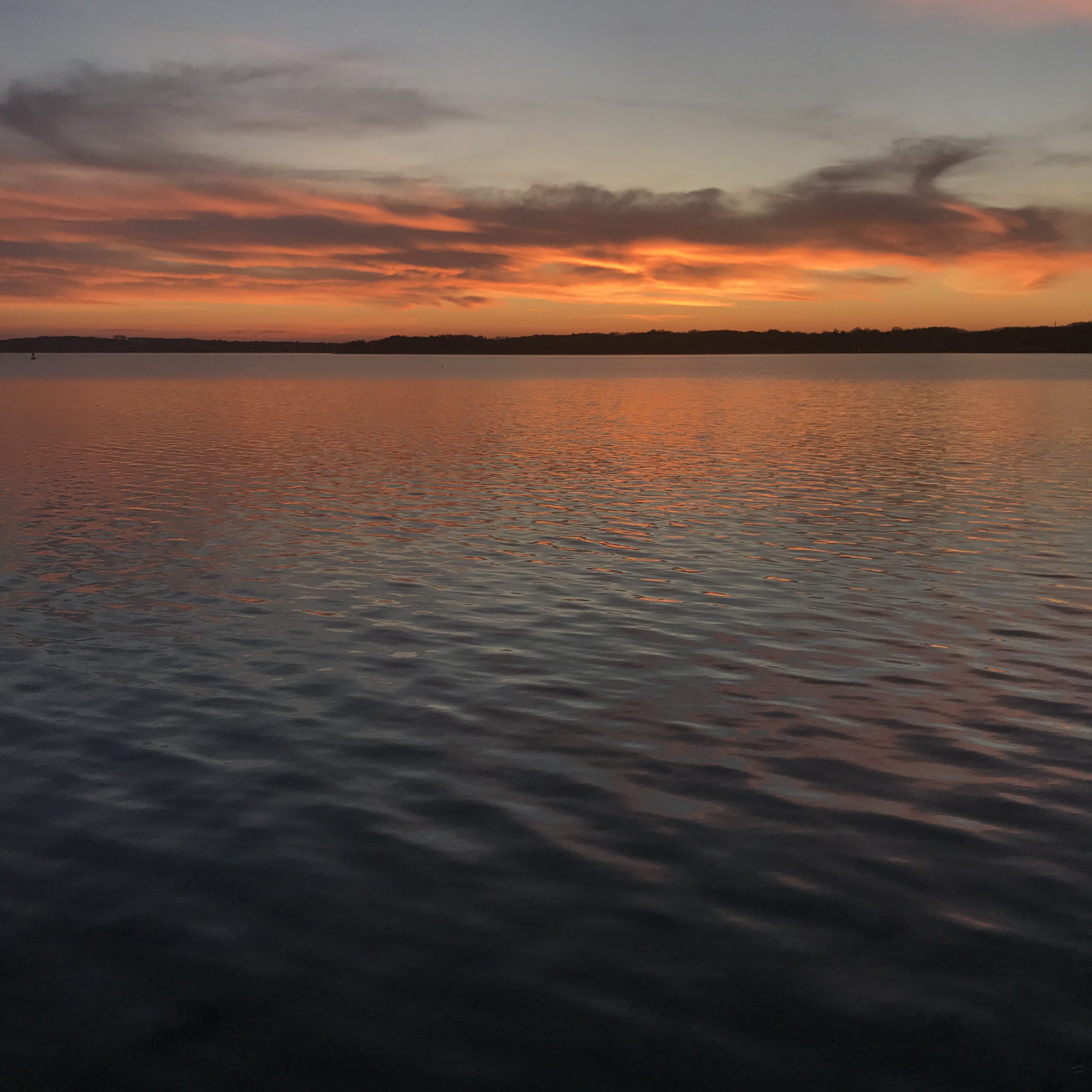
Luckily my wave watching senses are so well developed that I caught these beautiful waves when I was already on my way back home.
First pic shows them arriving just before hitting the sea wall, second pic a little later shows the interference of the original and reflected wave field. Can you spot the areas where constructive interference makes wave crests especially high?
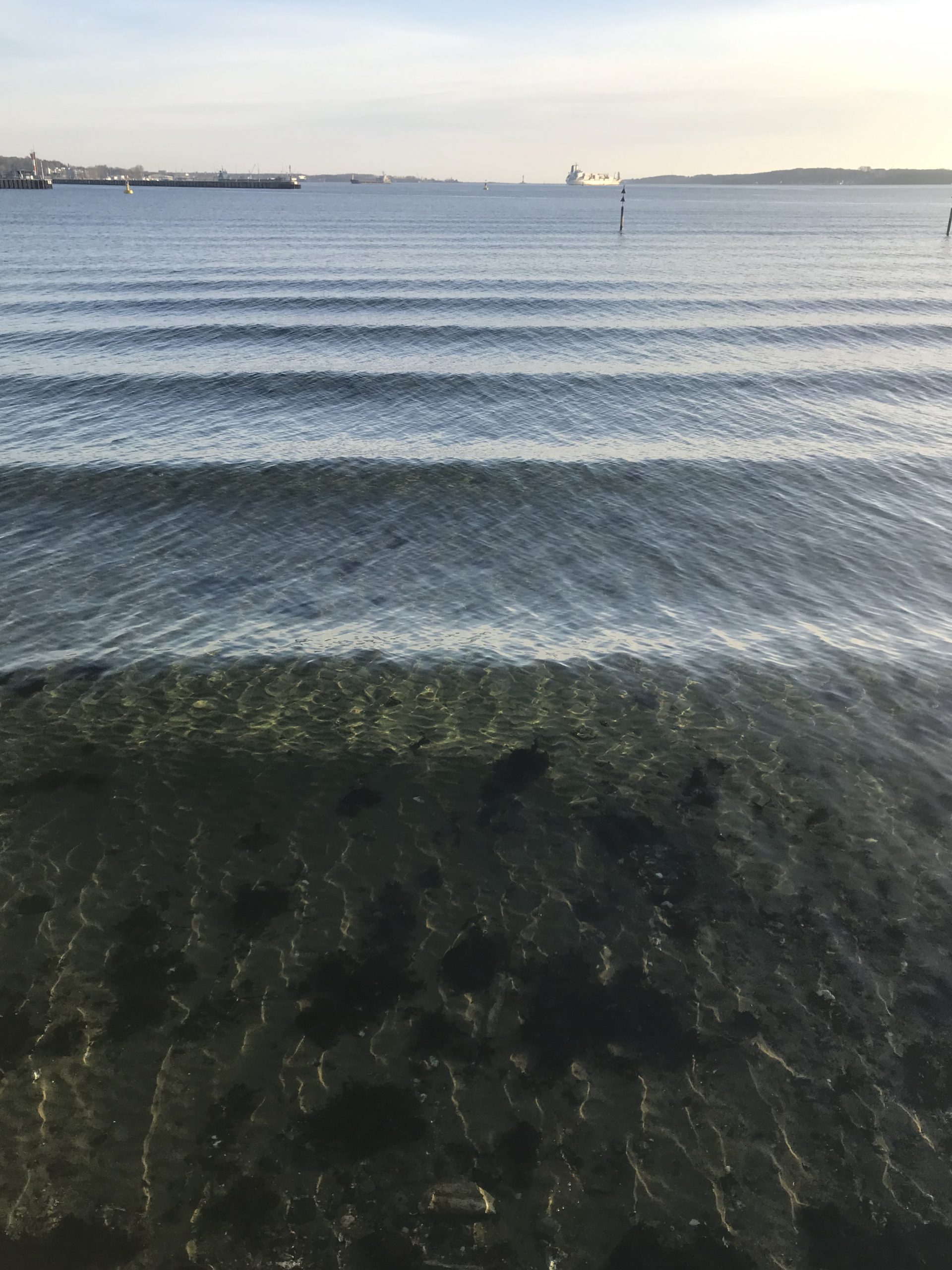
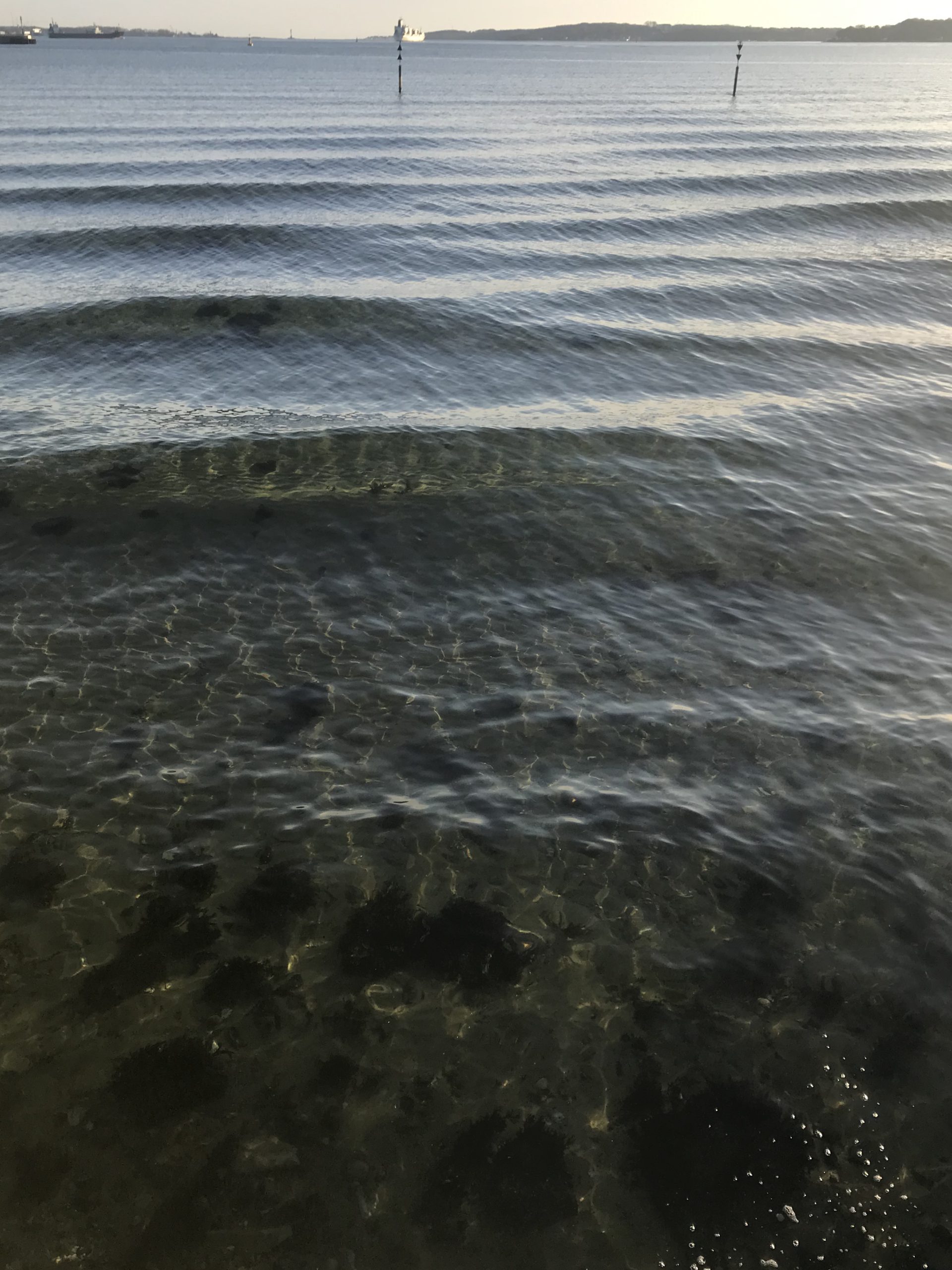
This is, btw, what I did this month’s scicommchall on, so check out that post if you want to know more!
And then: finally some more #KitchenOceanography! Check out the blog post for that picture here.

Another beautiful orange morning, but you already see the fog creeping in.
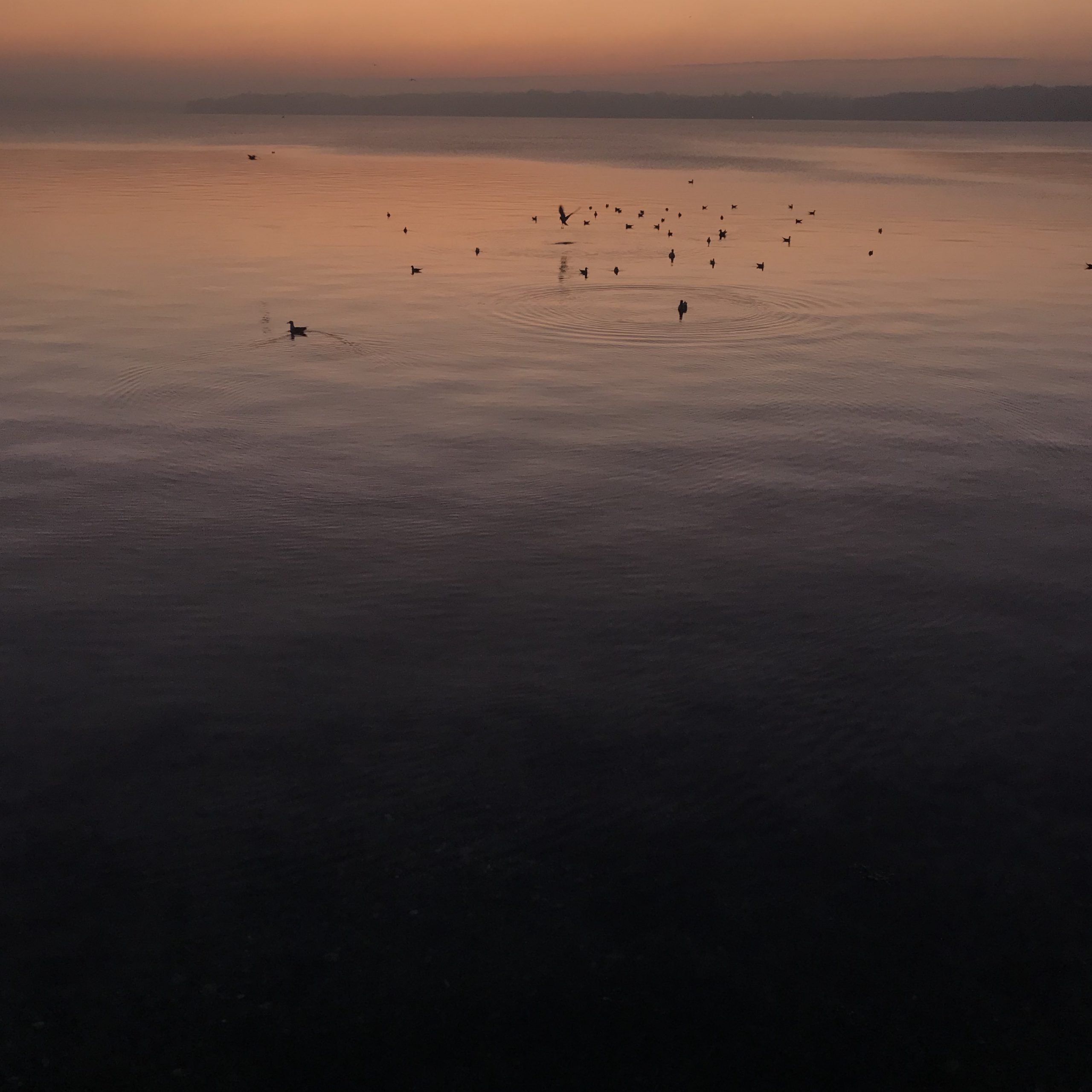
Waves are so incredibly fascinating to me. Look at these ducks’ wakes. You can spot the turbulent part where they’ve been paddling, stirring up the water, and the wavelets that form the feathery V-shaped wake. In this light and with hardly any other waves around, the intricate details are clearly visible. And even though under most other conditions they aren’t as clearly visible, they are always there, disguised by other waves. How amazing is that?
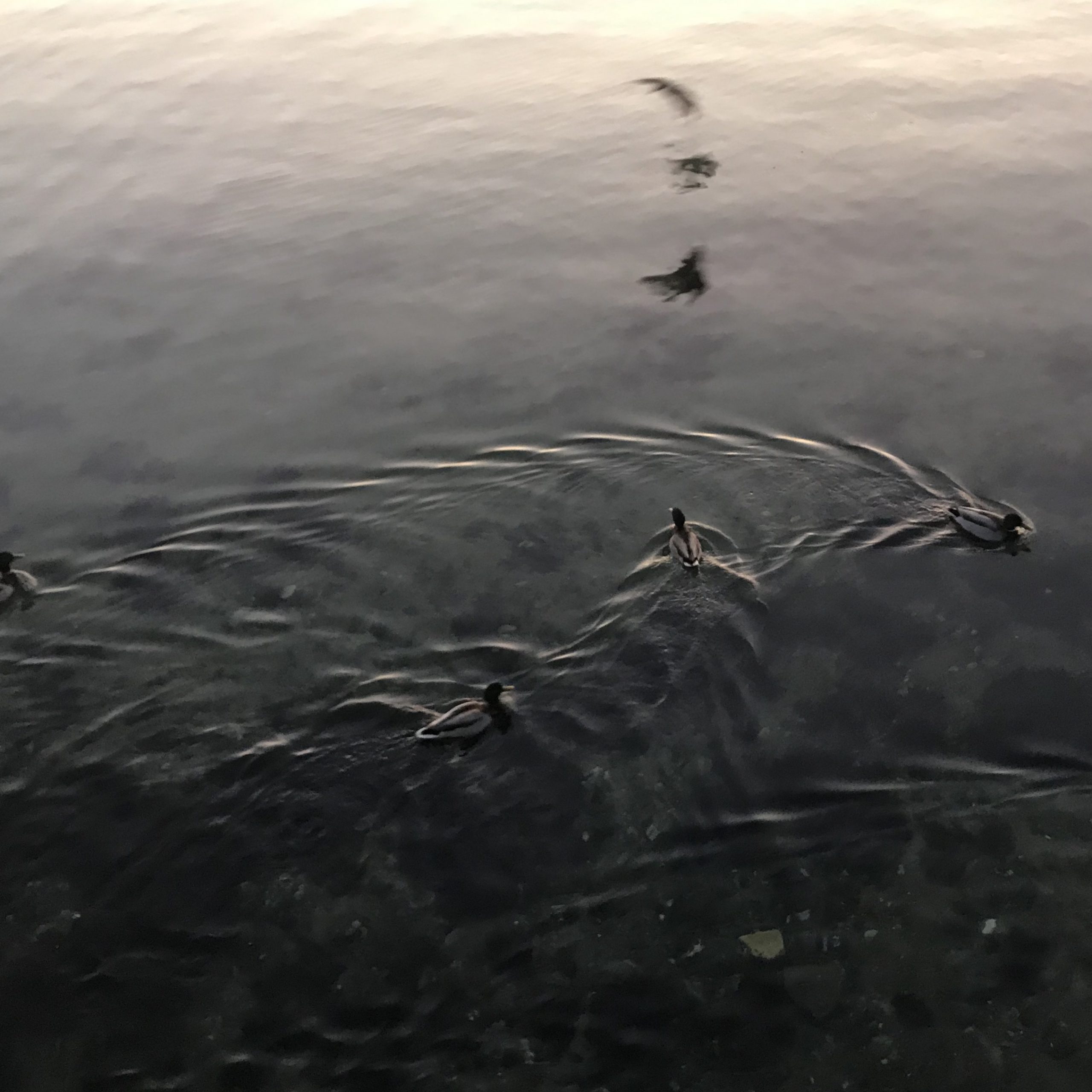
Wave watching in the fog: I love the criss cross pattern of waves & their reflections!
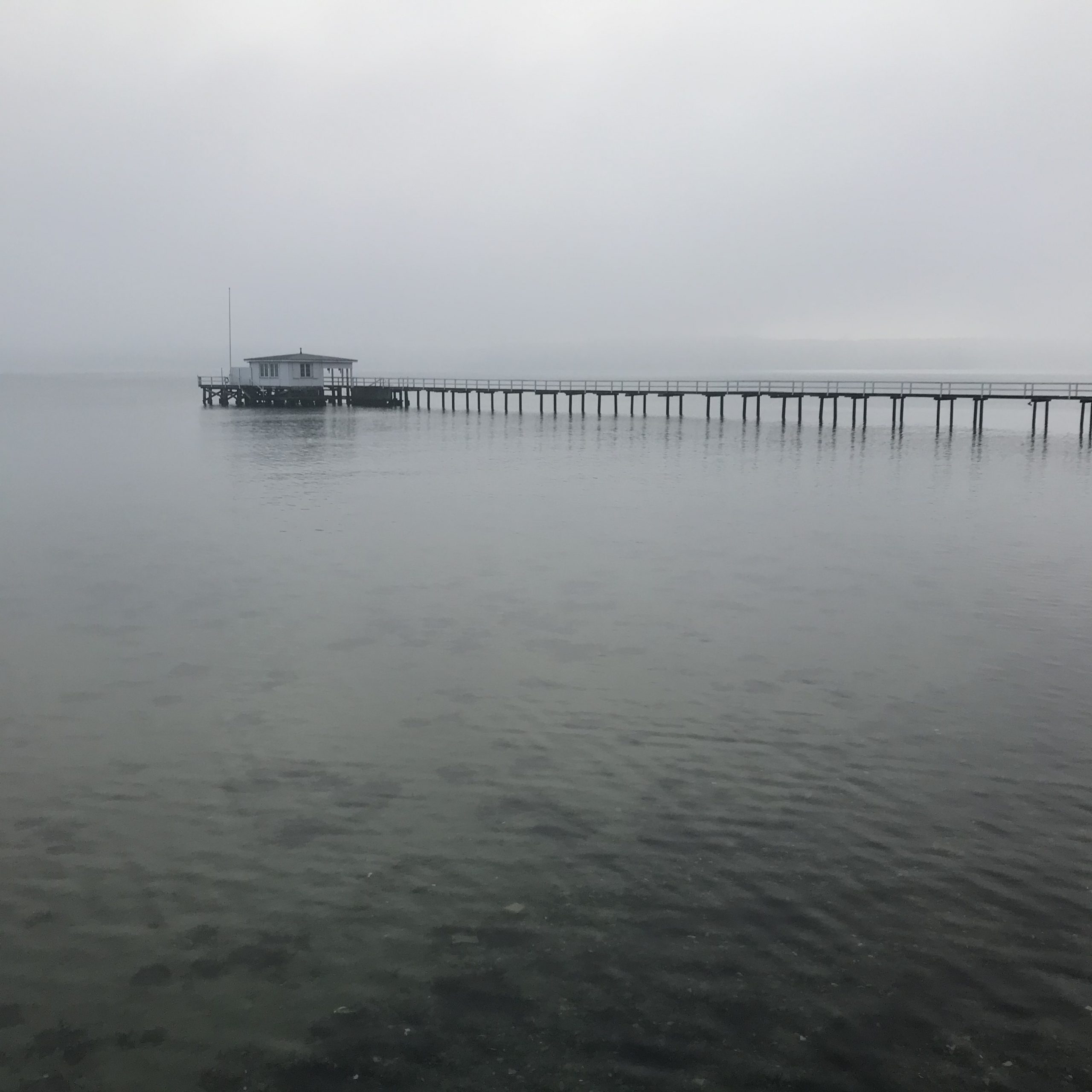
And bonus pics that I didn’t post on my Instagram yet but I find so fascinating: How come the ripples go through all these clearly distinct regimes? (There is water on top, but hardly any waves, so you can’t actually see the water)
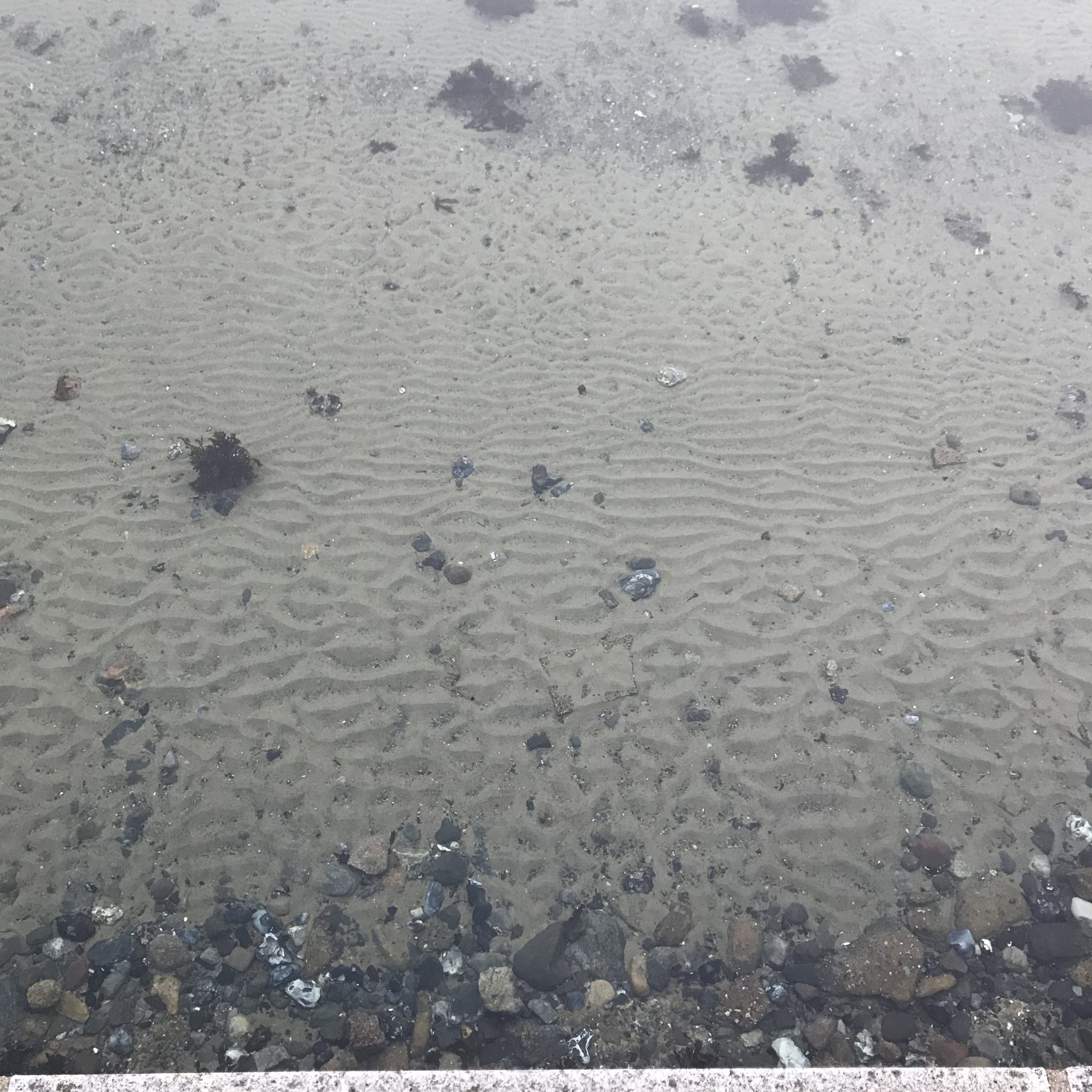
And now: Ripples in the sand and on the water! :-)
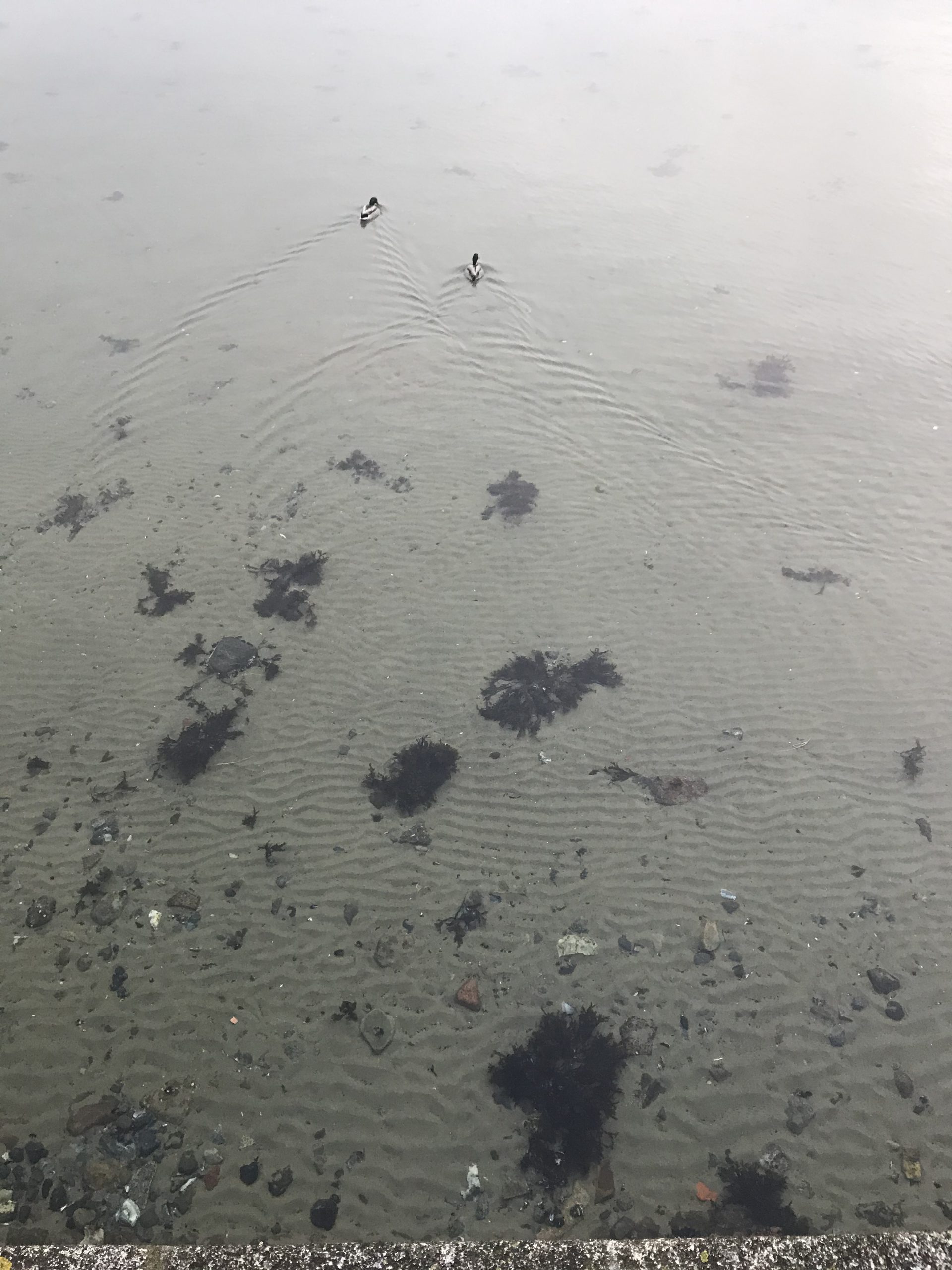
Next: More #KitchenOceanography, check out Tuesday’s blog post to learn more about what Elin and I are up to!

#WaveWatching! :-)
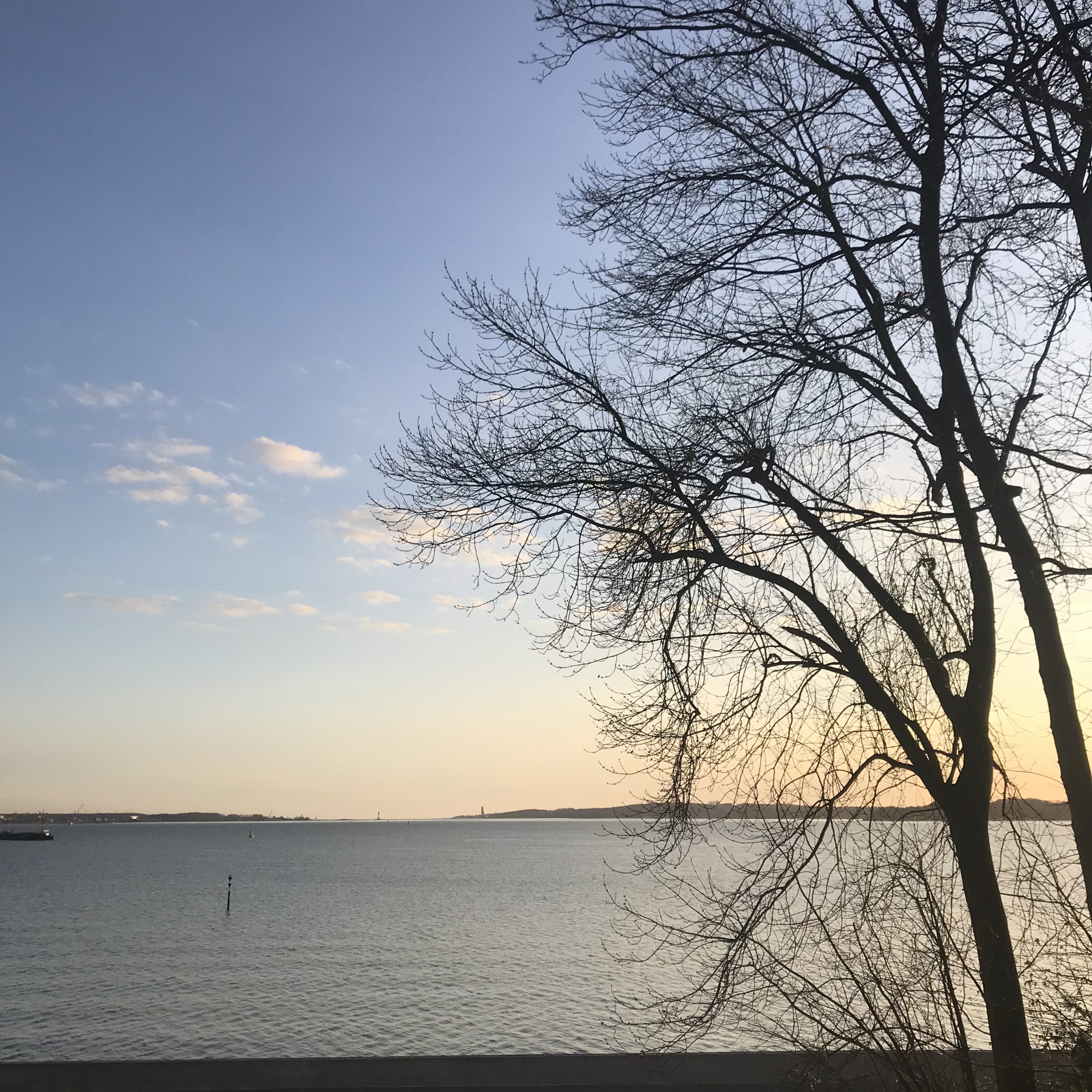

And then today is all about #KitchenOceanography again, as I am contributing today’s input to an online vacation program about STEM (in German, sorry).

And I love how spring is here! :-)
